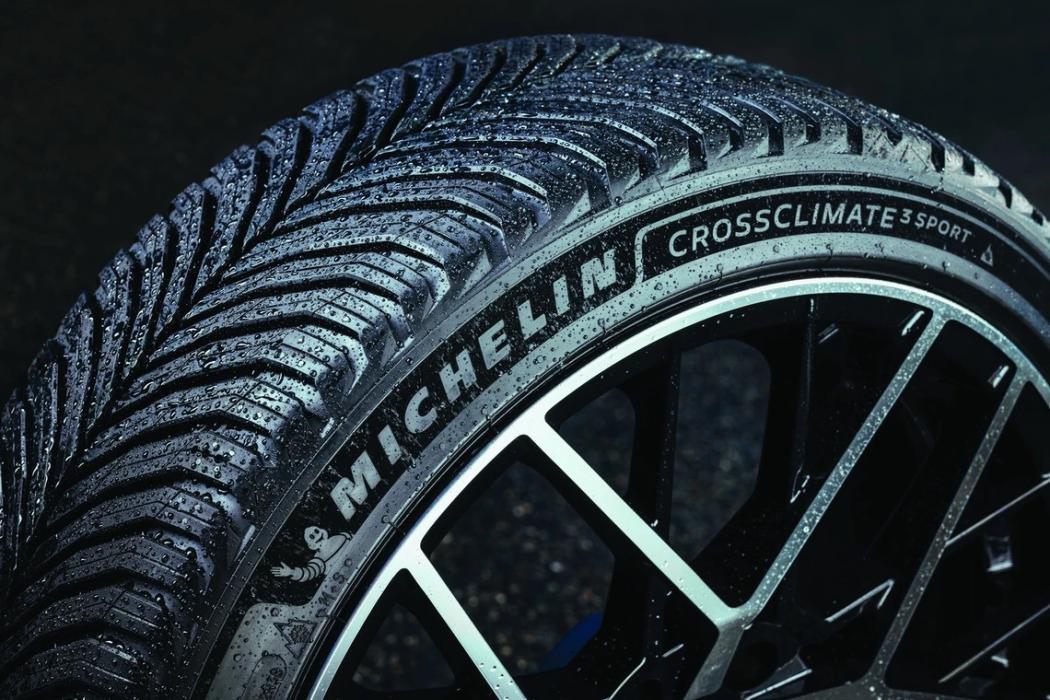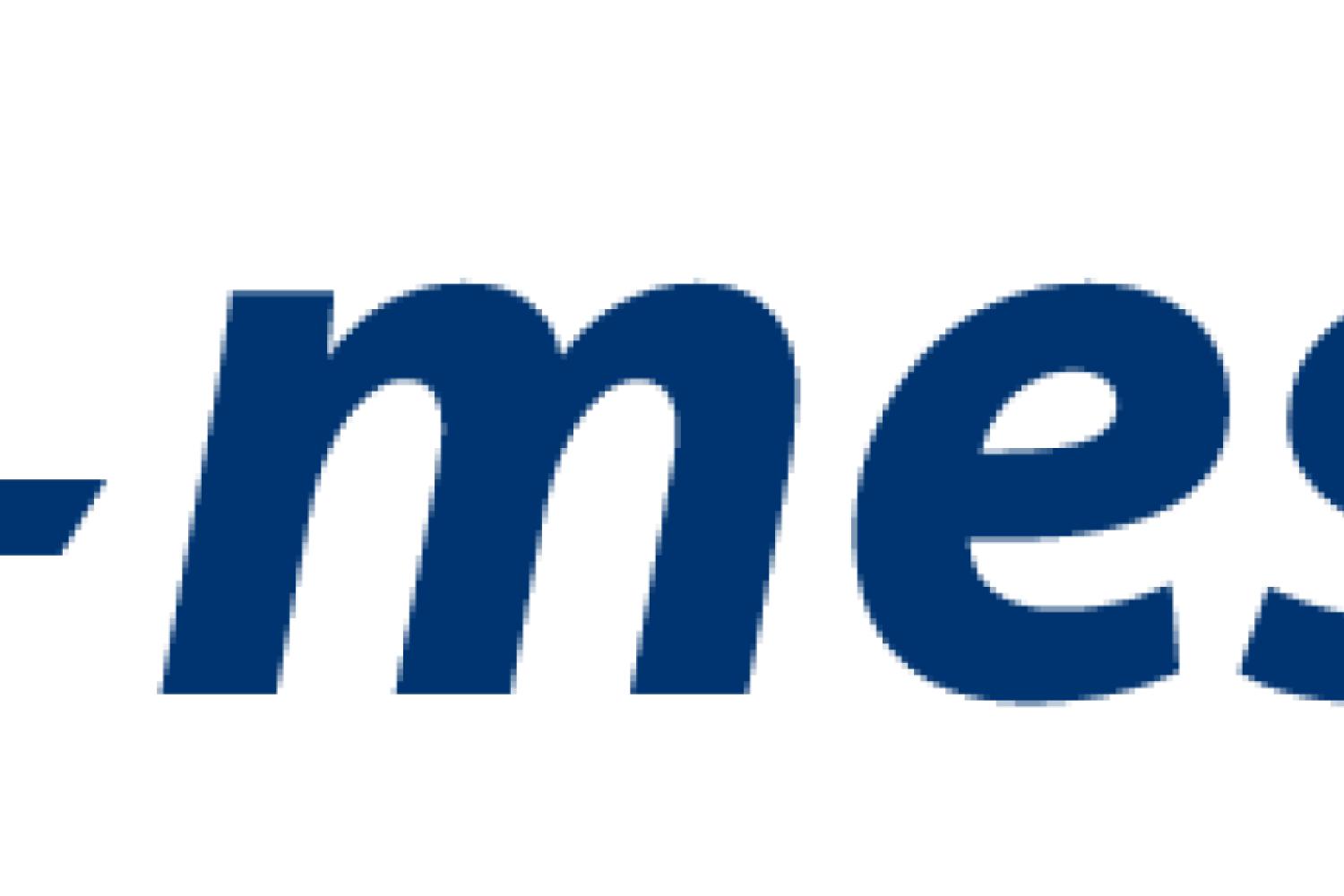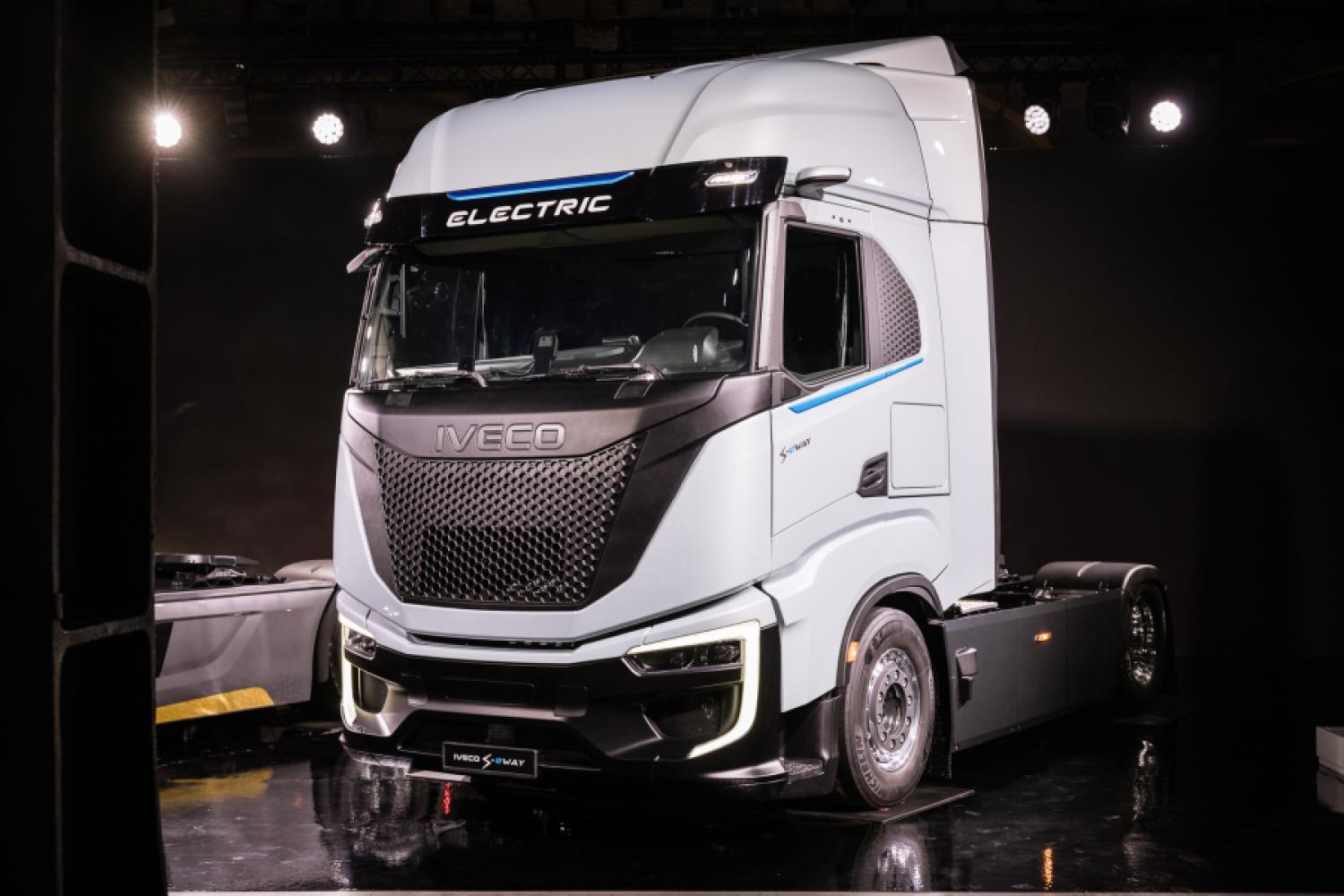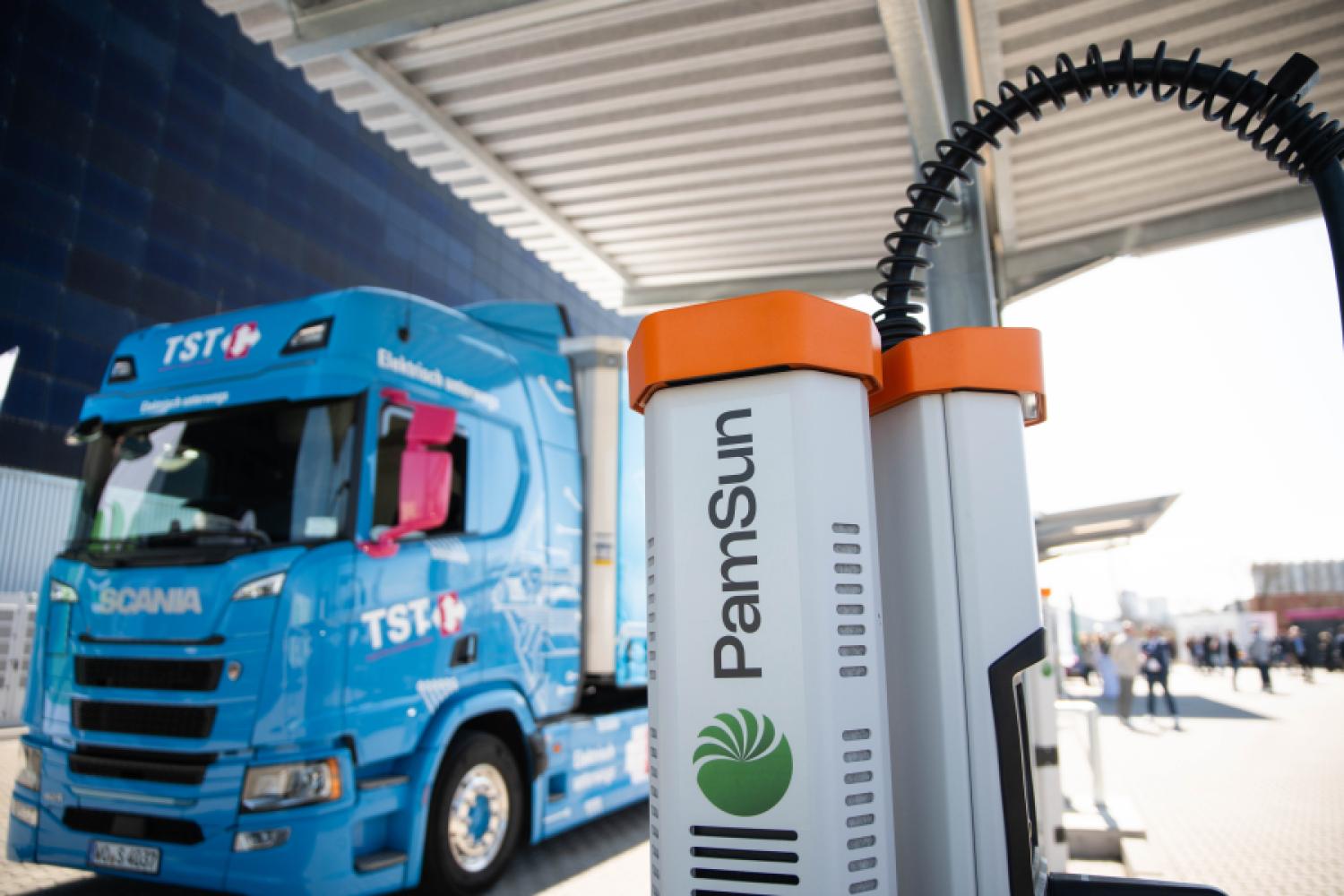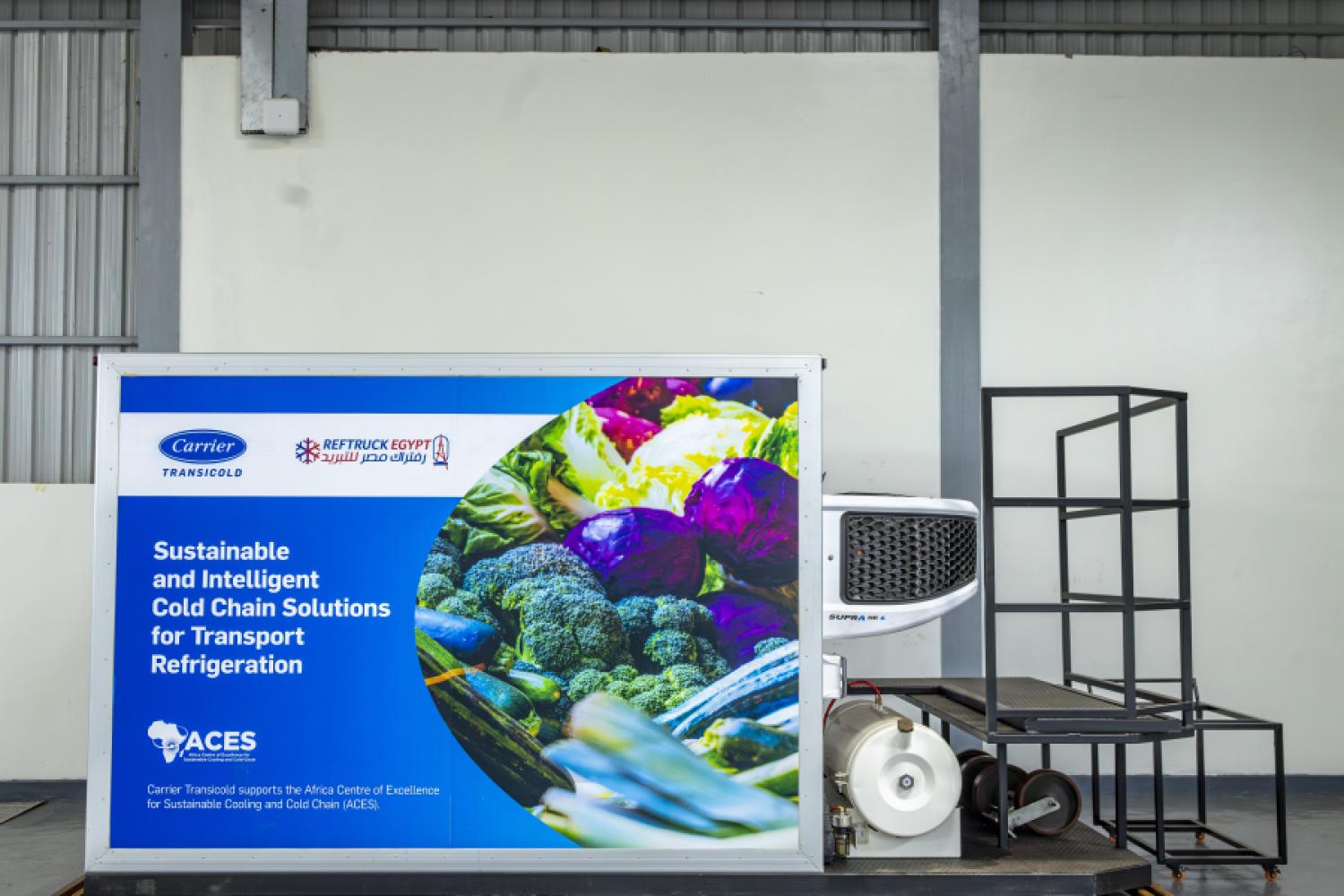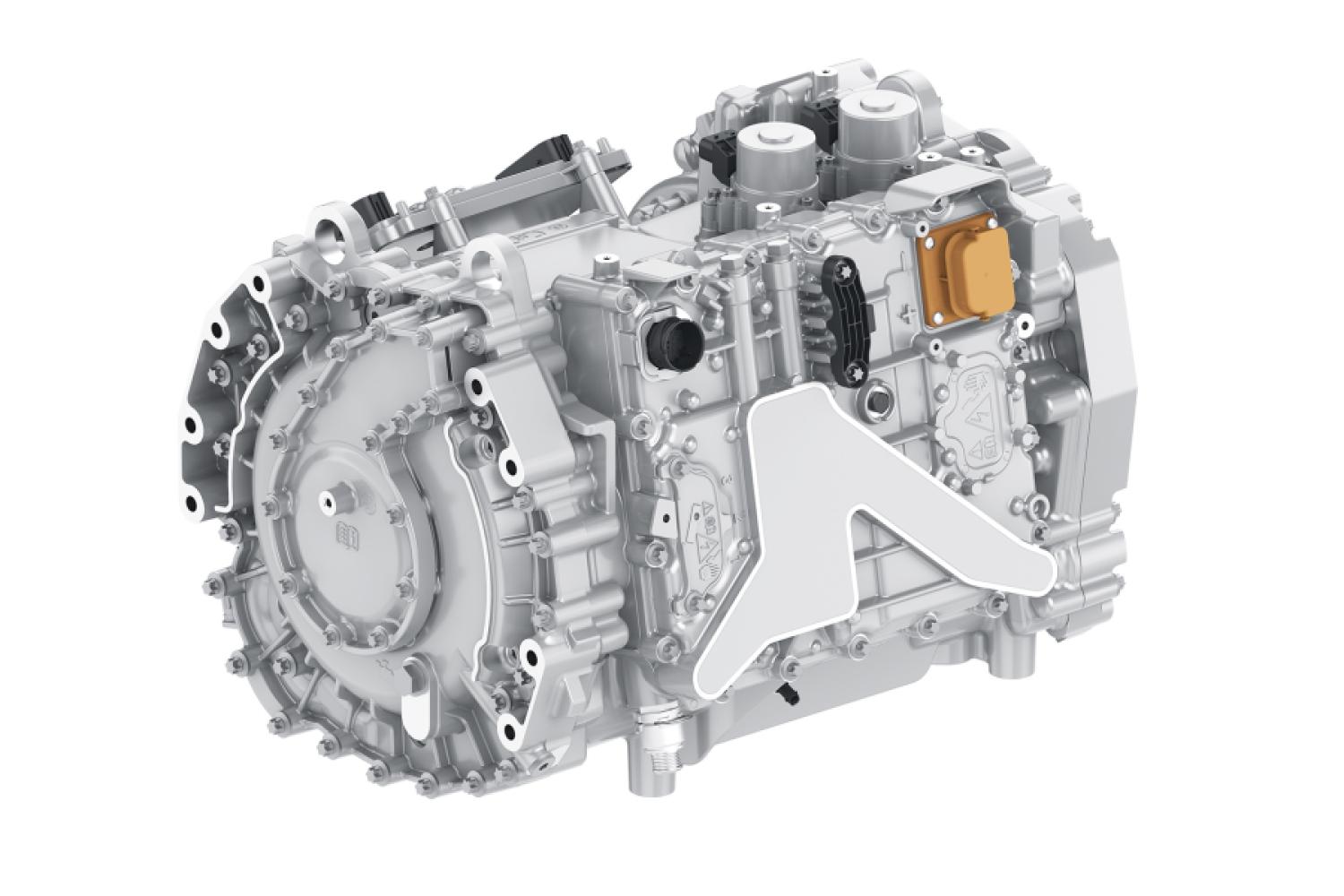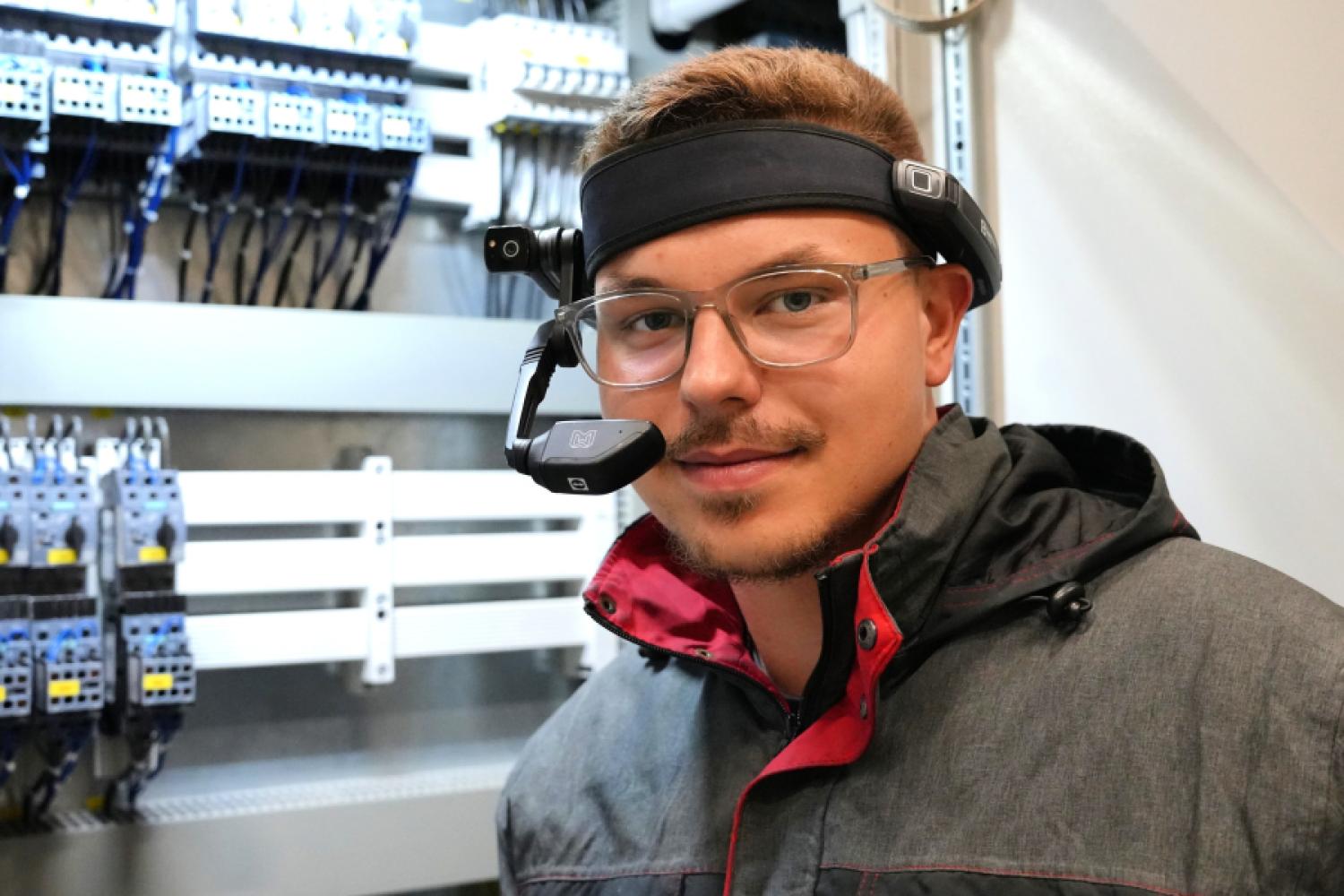Tire wear contributes to environmental pollution with plastic waste. EU studies calculated in 2021 that around 500,000 tons of finely ground rubber accumulate annually in Europe alone. A significant portion of the worn material, which settles like dust everywhere and pollutes the environment, seas, soils, and waters, comes from sporty tires. This result was reported by ADAC at the same time. It was also already established that Michelin, the world's largest manufacturer, caused the least wear compared to others. A recent follow-up study now confirms these results.
Leading for Years
For example, the first study four years ago found that a vehicle loses an average of about 120 grams of rubber per 1,000 kilometers driven. And regardless of which tire size was examined, a model from the French brand always emerged as the one with the least abrasion: here, the average was 90 grams per 1,000 kilometers.
In the latest ADAC study, the results of 160 tire tests conducted since 2023, two years after the first study, were evaluated. According to press releases, "significant differences" in various brands were again found.
"According to the results, Michelin remains the manufacturer that produces tires with the least abrasion. With some distance, the providers Hankook, Continental, and Goodyear follow. The results show that it is technically possible to manufacture a safe tire with low abrasion,"
according to ADAC. It would no longer be surprising if particularly cheap brands caused the highest abrasion. Nevertheless, far behind the leaders, automotive experts found that even premium manufacturers such as Pirelli or Bridgestone are.
Precise Analyses
The test method consisted of convoy driving in real road traffic over a distance of 15,000 kilometers. Part of this was on the abrasion test
stand. The tires are weighed before and after the test run to determine the amount of material worn away. Additionally, according to the description, the abrasion pattern of the tread is examined to derive the tire's lifespan from it.
Important for Euro-7 Emission Standards
As the future Euro-7 standard for the first time also sets a limit for tire wear, such insights play an important role, writes ADAC. Moreover, the future test method for determining tire wear is set by the United Nations Economic Commission for Europe (UNECE), which works according to a different method:
"The weight of the material worn away is not considered for individual tires, but rather the ratio to a reference tire is determined. If the wear is at the same level, the product receives the index 1.0."
Euro-7 is set to apply from July 1, 2028. The guideline will limit tire wear per ton of vehicle weight: according to Michelin, this method would allow the tire to be objectively evaluated regardless of vehicle type.
Abrasion Values Are Not Everything
Under the planned index system, the number changes according to the measurement value, describes ADAC. However, the height of the future index threshold is still open. Here, the automobile club advocates for a balanced solution, as a too strict threshold could lead to almost only expensive premium tires receiving market approval – but cheaper options are also important for price-conscious consumers. Additionally, too high demands on abrasion values could indeed also negatively impact other tire features. The mobility specialist has solid proof of this: "The study results also show: The tires with the second-best abrasion value failed the test due to significant safety concerns."
Convincing in Two Ways
According to
Michelin, the results for the premium brand are clear: "For every kilometer driven, they lose on average 26 percent fewer particles per ton of vehicle weight than the average of the other tested premium manufacturers." And the French tire expert also convinces in terms of safety: despite the low tire abrasion, the driving performance was rated as good to very good.
The manufacturer attributes the positive result to its continuous innovation, research, and development work with 6,000 experts who invest nearly 1.2 billion euros annually. The results are, for example, innovative tire architectures, tread patterns, or composite materials. "This commitment is a prerequisite for safe tires – especially when braking on wet roads and regardless of whether it is a new or a used tire."
Measurable Results
Michelin has been working on optimizing tire abrasion values for over 20 years. They have been able to continuously reduce emissions through new rubber mixtures and designs – "by five percent between 2015 and 2020," they say. Overall, this value corresponds to approximately 100,000 tons of saved tire abrasion. And the company aims to continue working in this direction.
As a current product example, the manufacturer mentions the Michelin Primacy 5 summer tire, which is said to show six percent less environmental impact compared to its predecessor generation. And this – at least in its new state – with a four percent improved braking performance on wet roads and an 18 percent increased mileage. In terms of particle emissions, the CrossClimate 3 Sport all-season tire already shows 23 percent better values than the Pilot Sport 5 summer tire.
Committed to the Environment
Maria Röttger, President and CEO of the Michelin Europe North region, says even the strictest
Euro-7 scenarios would already be undercut by Michelin tires. And they continue to work on further optimizing the values.
"It is part of Michelin's sustainability strategy to make mobility as environmentally friendly and resource-efficient as possible – sustainable mobility must be rethought every day, we have an obligation towards future generations."
Detailed Analysis of Abrasion Composition
Michelin, as a tire specialist, does not demonize tire abrasion per se: "Tire wear particles (TWP) are necessary," it says on the website. The logically caused abrasion from driving, accelerating, and braking due to friction between the tire and the road also contributes to safety. The proportion of rubber in the "overall wear" is not as high as one might think.
The tire abrasion is also referred to as TRWP (Tyre and Road Wear Particles; particles from tire and road wear): the abrasion, which corresponds in size to a human hair with a diameter of 100 micrometers, is a complex mixture of "only" about 50 percent tire rubber. In addition, minerals and other road components make up the remaining 50 percent. According to its own statements, Michelin has long and relentlessly been looking for ways to reduce emissions. They have developed their own system to analyze these particles. This system is also available to tire industry companies and the ETRMA (European Tyre & Rubber Manufacturers' Association). Michelin itself now plans to develop biodegradable tire wear particles.
The ADAC study was supported by the FIA (Fédération Internationale de l’Automobile) Foundation, a charitable organization focused on mobility safety, as part of the Safe & Sustainable Mobility Grant Programme. The association, headquartered in London, aims to achieve the global goals of the United Nations (UN) in areas such as road transport
